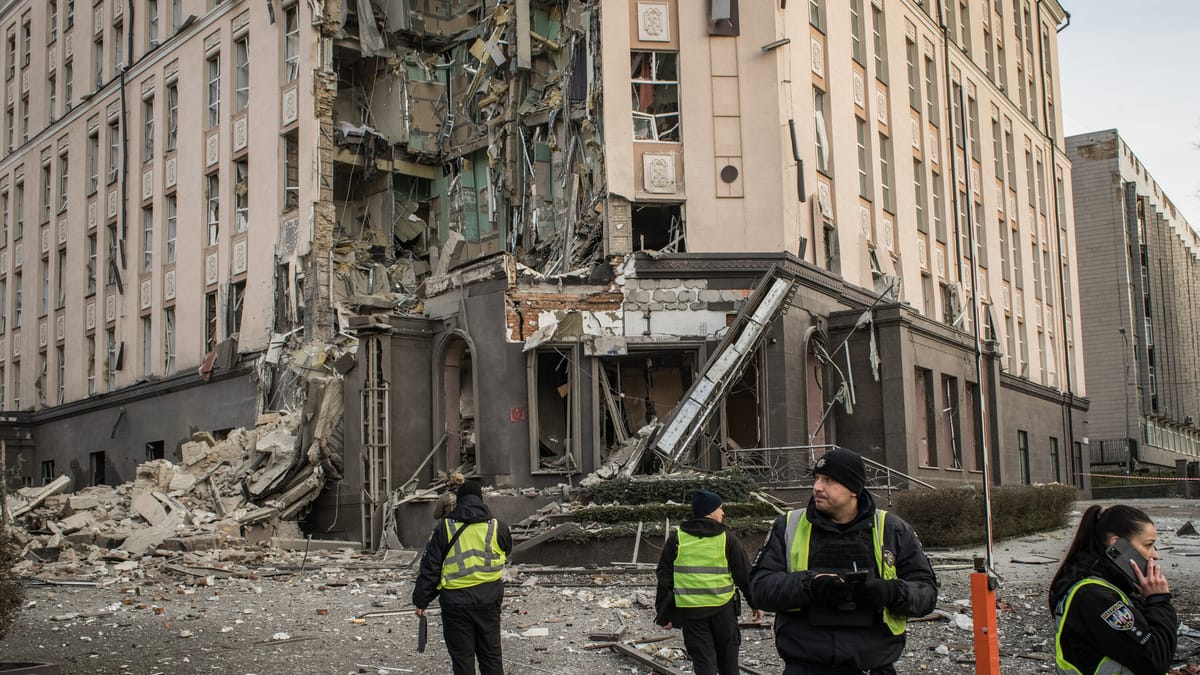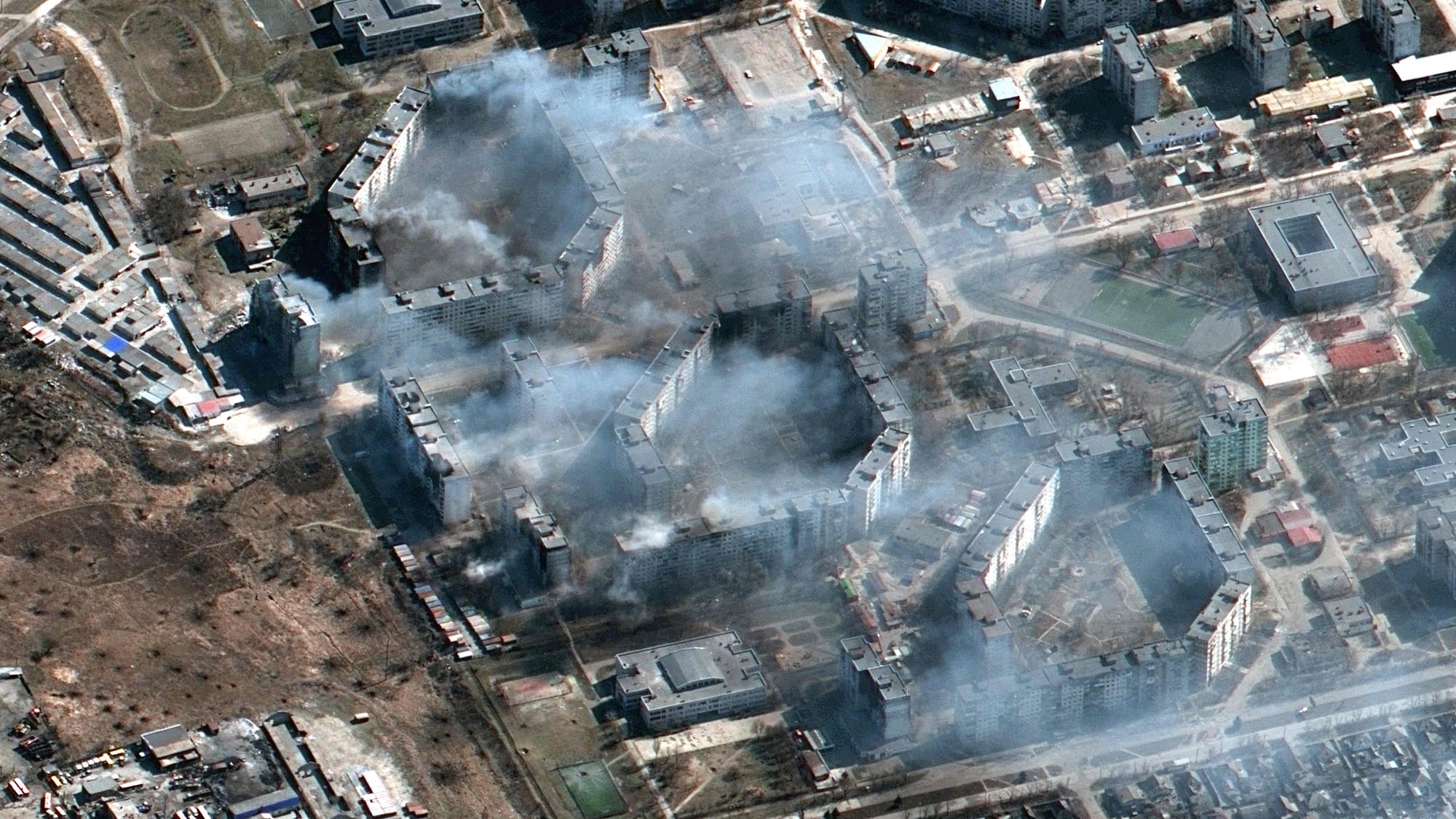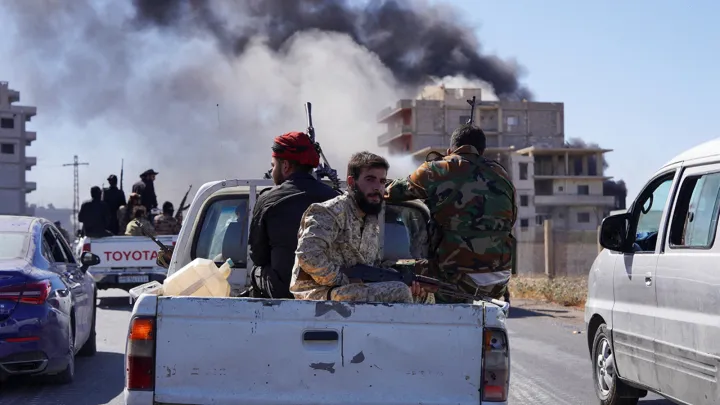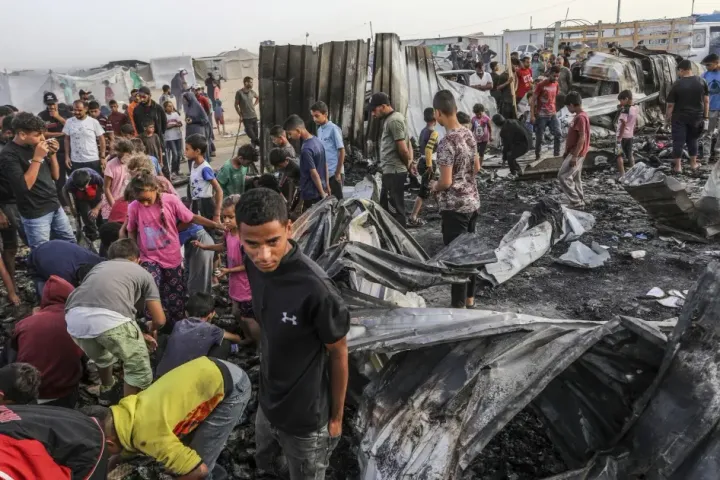Wave of Russian Attacks Hits Ukraine
Kyiv and several Ukrainian cities are once again targets of Russian missile and drone strikes, causing casualties and significant damage. The conflict continues to escalate.

Since the full-scale invasion in February 2022, Ukraine has been relentlessly tested by intense aerial attacks from Russian forces. Today, Friday, June 6, 2025, the capital, Kyiv, and several other regions in Ukraine, once again bore witness to deadly missile and drone strikes. This latest incident re-emphasizes the ongoing intensity of the conflict, raising global concerns about humanitarian impact and regional stability.
Kyiv Shaken, Casualties Reported
The attacks on June 6, 2025, reportedly claimed at least four lives and injured 20 others. Casualties occurred in various affected locations, including civilian residential areas. Images circulating show severely damaged buildings and rescue teams busy evacuating victims. This situation adds to the long list of suffering endured by the Ukrainian people who have faced a protracted conflict.
May 2025: A Month of Aerial Tension
May 2025 marked a peak in the intensity of Russian aerial attacks. According to reports from the Ukrainian Ministry of Defense, throughout that month, over 200 drones and missiles were successfully intercepted by Ukrainian air defense systems. One of the most massive attacks occurred on May 26, 2025, when Kyiv became the target of the largest drone attack since the beginning of the invasion. Over 70 drones were launched in a single night, breaking the previous record. This demonstrates Russia's attempt to overwhelm Ukrainian air defenses with an immense volume of attacks.

Analysis of Attacks: Why Does Russia Keep Attacking?
Military analysts and international research institutions such as the Institute for the Study of War (ISW) and the Royal United Services Institute (RUSI) have identified several primary objectives behind Russia's missile and drone attacks:
- Weakening Energy Infrastructure: One of the main targets of the attacks is Ukraine's energy facilities. Data from the Ukrainian Ministry of Energy indicates that by April 2025, approximately 60-70% of Ukraine's thermal and hydroelectric power generation capacity had been damaged or destroyed. Consequently, rolling blackouts have become a common sight across the country, disrupting daily life and industrial capacity.
- Hitting Defense Capabilities: Russia also seeks to target factories and production facilities linked to Ukraine's defense industry. This aims to cripple Ukraine's ability to produce or repair their own military equipment.
- Pressuring Air Defense: By launching massive waves of attacks, Russia attempts to force Ukraine to expend their air defense missile stocks. This also aims to expose the positions of Ukrainian air defense systems, making them potential targets in the future.
- Economic and Moral Impact: The civilian infrastructure damage and casualties caused by these attacks not only lead to significant economic losses but also aim to weaken the morale of the Ukrainian population.
Types of Weapons Used
In carrying out its attacks, Russia employs various types of advanced weaponry:
- Cruise Missiles: Including Kalibr and Kh-101/Kh-555 missiles, launched from combat aircraft or naval vessels.
- Ballistic Missiles: Such as the Iskander missile, known for being difficult to intercept due to its unpredictable trajectory.
- Kamikaze Drones: Primarily the Iranian-made Shahed-136/131 drones (referred to as Geran-2 by Russia), which are often used in large numbers to overwhelm air defense systems.
Effectiveness of Ukrainian Air Defense
Despite facing significant challenges, Ukraine's air defense system, bolstered by aid from Western countries such as Patriot, IRIS-T, and NASAMS systems, shows impressive capabilities. The Ukrainian Air Force reports that the success rate for intercepting Shahed drones often reaches 70-90%. However, intercepting ballistic missiles remains a greater challenge due to their speed and flight trajectory.
Humanitarian Impact and International Efforts
This conflict has led to a severe humanitarian crisis. The UN Office of the High Commissioner for Human Rights (OHCHR) reported that as of May 2025, over 11,000 civilian deaths had been confirmed, with more than 22,000 injured. The actual numbers are estimated to be much higher. Furthermore, the UN Development Programme (UNDP) estimates that over 150,000 residential units have been damaged or completely destroyed.
The international community continues to call for a ceasefire and seek diplomatic solutions to end the conflict. However, the ongoing attacks indicate that the path to peace remains long and winding. The world awaits further developments in this conflict, whose impact is felt across the geopolitical and global economic landscape. Further information on diplomatic efforts can be found on the official UN website.





Comments ()